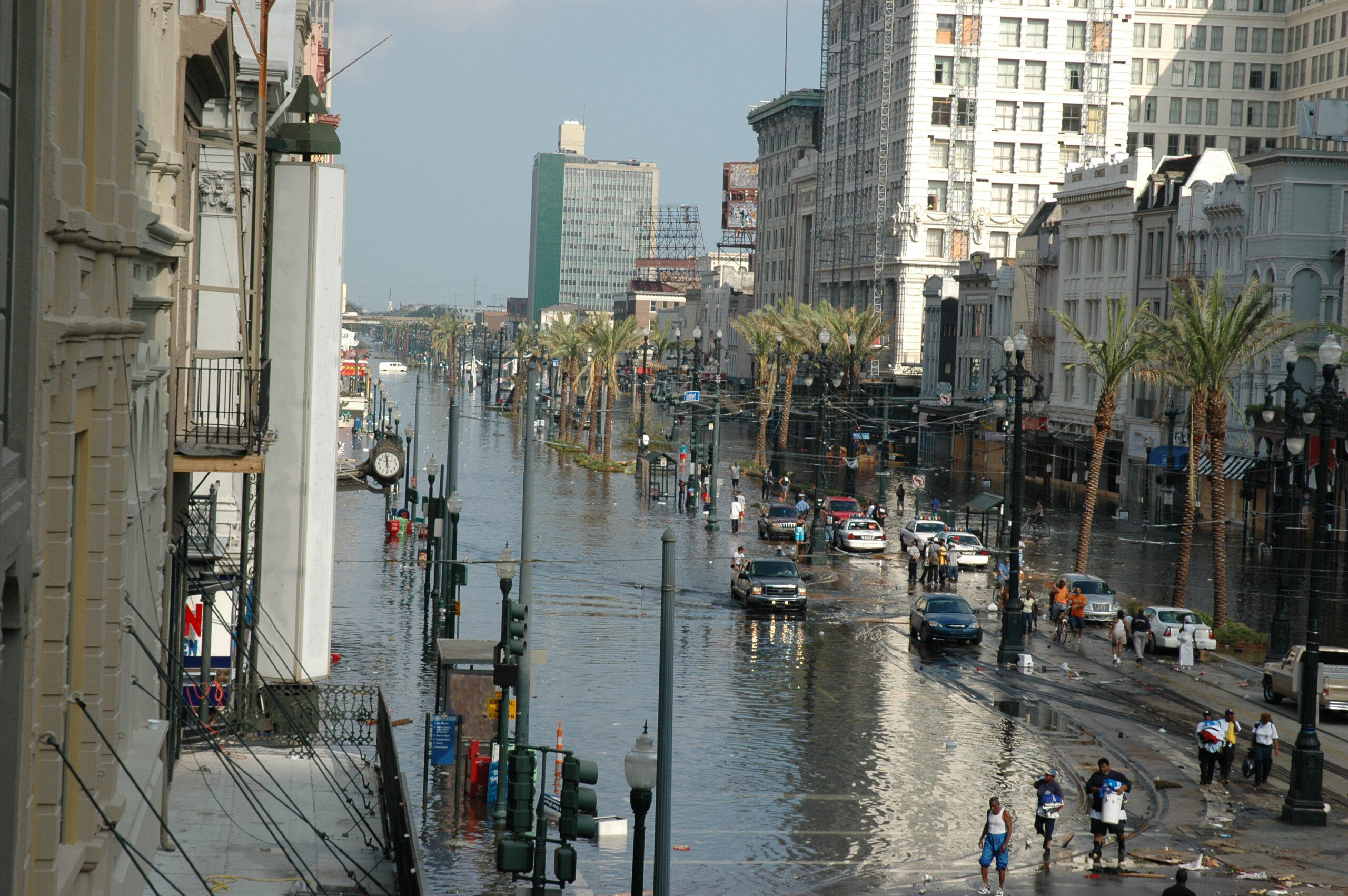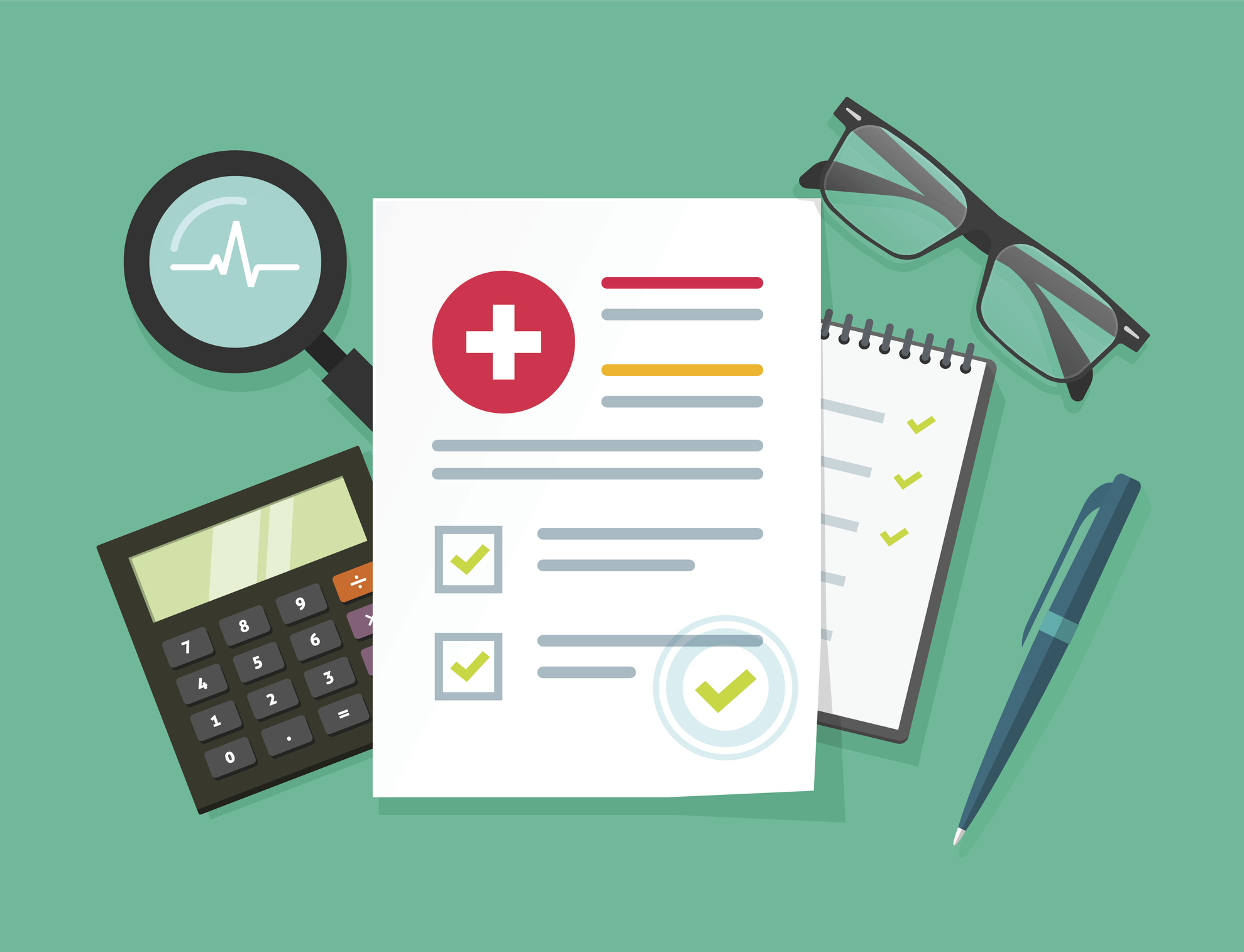Weathering the Storm: Preparing for and Responding to Weather-Related Disasters
Severe weather events are striking with greater frequency and intensity, disrupting communities and organizations well beyond physical damage. We explore lessons from recent disasters and outline practical steps for building resilience through planning, coverage evaluation, and trusted recovery partnerships.
September 23, 2025

Severe weather events are becoming more frequent, more destructive, and less predictable, creating challenges that extend far beyond physical damage. Communities and organizations now face escalating recovery costs, service disruptions, and even loss of life, all while navigating strained resources and shifting insurance markets. To meet this reality, preparedness and continuity planning must evolve from reactive recovery to proactive resilience.
“Weather-related disasters test our communities, our infrastructure, and our ability to respond in real time,” said Betty Coulter, Senior Risk Control Manager at Safety National. “A holistic approach transforms disaster management from reactive recovery into proactive resilience. However, true resilience depends on coordinated partnerships that mobilize resources and rebuild stronger, more prepared communities.”
Organizations can start by understanding recent weather-related disasters and practical strategies to strengthen preparedness, continuity planning, and recovery efforts.
Why Weather Risk Is Now Enterprise Risk
Weather-related incidents have increased in frequency and severity due to ongoing hazards presented by climate change. Warmer ocean temperatures are fueling stronger hurricanes and extreme heat, drought conditions set the stage for wildfires, and a warmer atmosphere leads to heavier downpours, flash flooding, and inland flood events. These conditions broaden exposures both coastally and inland.
These weather disasters impact more than just property. They can cause business disruption, escalating recovery costs, long-term contamination, strained emergency services, and worst of all, displacement and death. Unfortunately, insurance markets are responding with potential increases in premiums, additional exclusions, and regional withdrawals, making preparedness and risk communication essential.
Lessons From Recent Disasters
While Hurricane Katrina happened 20 years ago, its impact is still felt through lasting policy changes and risk management practices. Its catastrophic flooding and displacement exposed levee failures and inadequate public aid due to government negligence, sparking a call for these much-needed changes. Just two years ago, the U.S. experienced its deadliest wildfire in a century with the Maui Wildfire. This disaster exposed systemic breakdowns in evacuation, communications, and leadership, which underscored the importance of the National Fire Protection Association (NFPA)’s 1660 standards for emergency, continuity, and crisis management, as well as the Federal Emergency Management Agency (FEMA)’s Incident Command Systems. Hurricane Helene, which caused unprecedented flooding in the North Carolina Mountains, created a need to reassess inland flood risk and update continuity assumptions.
Building Resiliency Through Planning and Coverage Evaluation
Disaster management requires a continuous cycle of evaluation, planning, response, and recovery. Each recovery cycle helps to understand how a public entity or organization can adapt in the next round of evaluation and planning. Evaluating prior disasters can help identify gaps in preparedness, response, recovery, and insurance coverage. While most public entities and organizations are familiar with their property and casualty coverage, policy language around liability, business interruption, and cyber may have more distinct exclusions to consider. Initiating proactive conversations with brokers is key to closing coverage gaps.
Business Continuity Essentials
A business impact analysis (BIA) can help identify critical functions, dependencies, and acceptable downtimes. Targets within a BIA should cover:
- Maximum Tolerable Downtime (MTD) – The maximum amount of time that a business or public entity can go without critical functions to survive.
- Recovery Time Objective (RTO) – The amount of time in which a system or function needs to be back up and running. For example, some departments, like fire, police, or emergency services, require zero downtime and need to be back up and running immediately, while others may function if they are restored in 48 hours, seven days, or even two weeks.
- Recovery Point Objective (RPO) – A measure of how much data loss an organization can afford. IT systems may back up daily, every two days, or more frequently, and the RPO reflects how far back an organization can go and still function if there is a disruption or shutdown.
Training and testing to meet these targets are critical, and these plans should be updated regularly with consistent reviews.
Using Recovery Partners
Organizations can benefit from partnering with a disaster recovery service in addition to local contractors. These partners, who can provide services like restoration, construction, roofing, and emergency services, can help to ensure resources are available when local vendors are overwhelmed. They may offer pre-loss programs that establish rates, cover FEMA guidelines, and identify high-risk priorities. Following a disaster, they can help mitigate and stabilize an organization before diving into reconstruction.

























